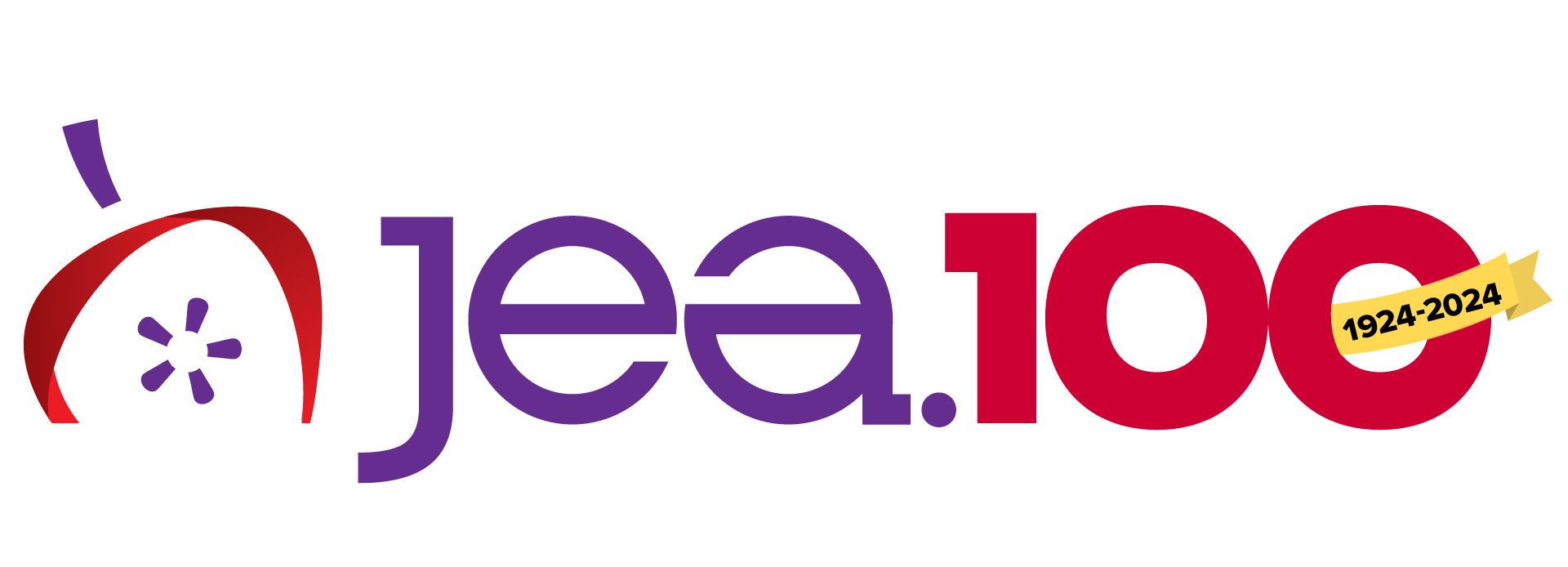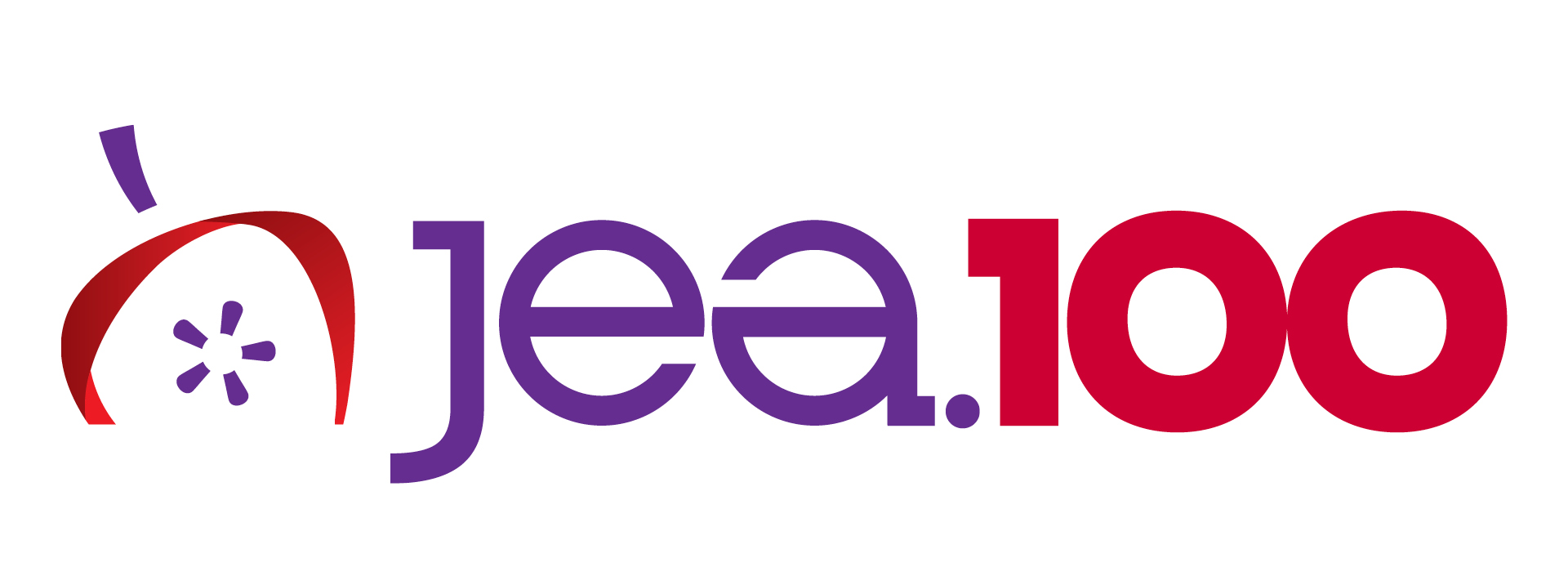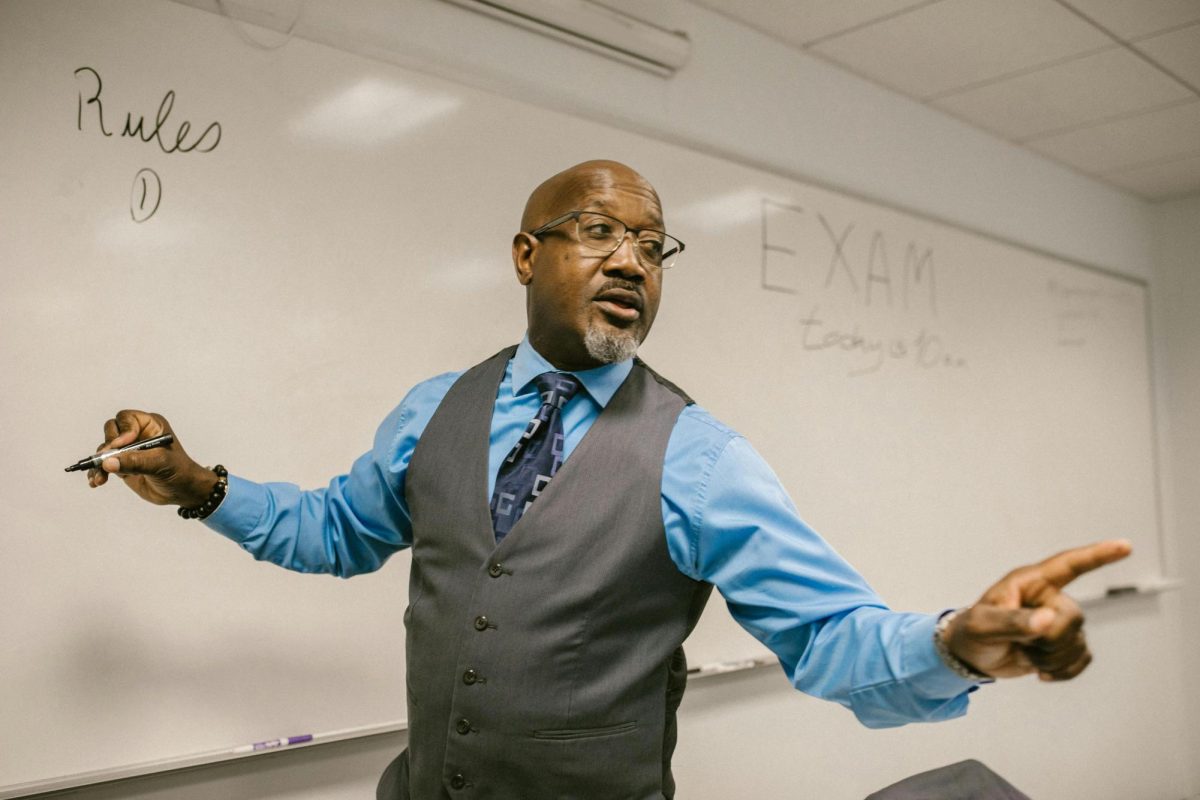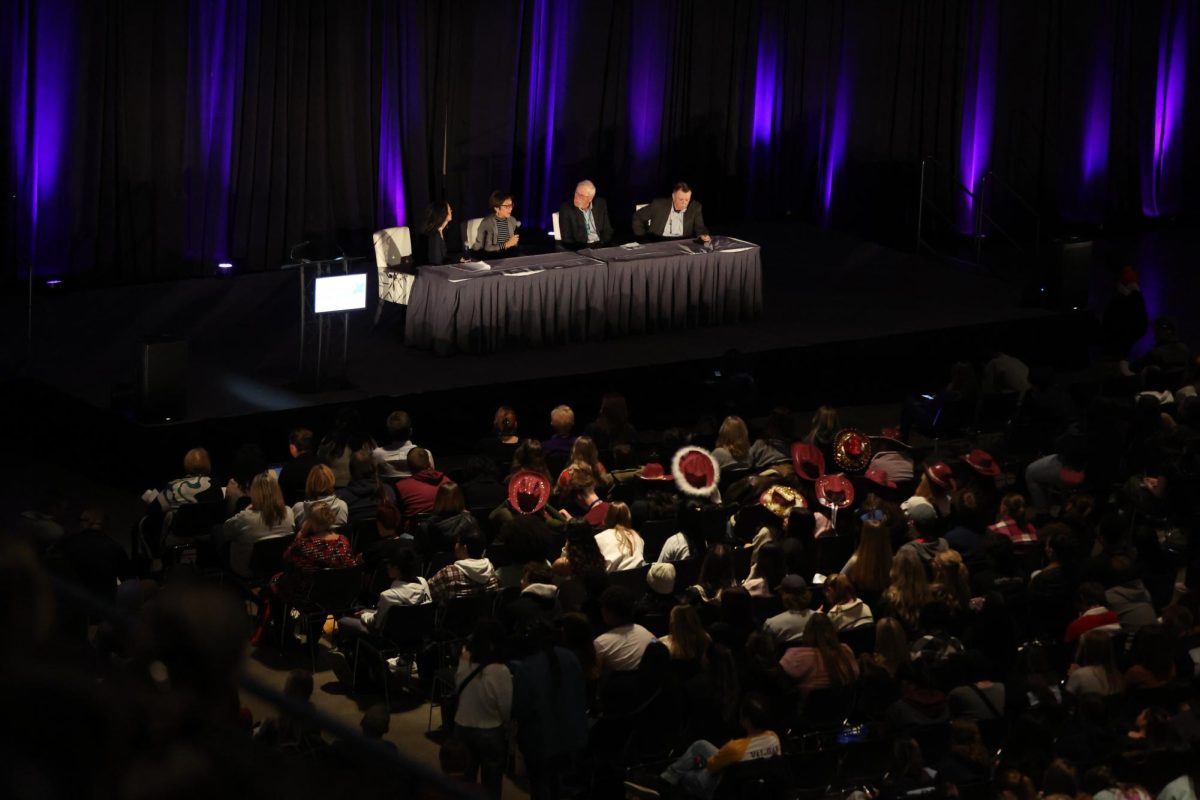Think about approaching journalism in your school like lots of different school systems do, through the Career and Technical Education department. Here are some things everyone should know about the world of CTE.
Our 100 lists of 100
1. Journalism teachers are already teaching many of the same skills that are taught in CTE classrooms, regardless of how their courses are titled.
2. Journalism course content can overlap easily with CTE courses.
3. CTE means Career and Technology Education.
4. CTE encourages diversity in student enrollment.
5. CTE encourages professional connections and career planning.
6. CTE programs are open to special education students and emergent bilingual students.
7. CTE programs encourage student leadership.
8. CTE programs require professional writing and verbal communication skills.
9. CTE programs encourage participation in content-related competitions.
10. CTE programs encourage critique of student work according to professional criteria.
11. CTE programs encourage students and teachers to stay current with industry trends and changes in software and technology.
12. CTE programs encourage industry related field trips and guest speakers.
13. Journalistic interviewing and writing correlate with CTE research and communication skills.
14. Yearbook sales and social media promotion correlate with CTE marketing and advertising skills.
15. Working with buyers to design newspaper or yearbook ads and surveying students when planning coverage correlates with CTE client response skills.
16. Planning, creating and publishing/posting journalistic content correlates with CTE work-based instruction.
17. Journalistic ethics correlate with standards for professionalism under CTE.
18. The ideal journalism student in a CTE program understands the whole process of creating their publication, not just one set of specialized skills.
19. The ideal journalism teacher for a CTE program understands that student publications should be held to the same standards as professional publications.
20. CTE programs have specific requirements beyond producing publications that journalism teachers have to incorporate, such as career research and participation in a CTSO.
21. Although CTE is defined by the federal government, there are probably 100 different ways CTE programs can vary between states, school districts, campuses and even individual classrooms.
22. The Carl D. Perkins Vocational and Technical Education Act created specific programs first in 1984 and has been reauthorized four more times since.
23. The most recent renewal of the act was in 2018, with the Strengthening Career and Technical Education for the 21st Century (Perkins V) Act.
24. Federal Perkins V grant funds are tied to the programs offered in schools and the number of students participating in a CTE program of study.
25. States do not all offer the same CTE programs of study, or even name them the same way.
26. States receive $1.1 billion annually in Perkins funding.
27. States determine how Perkins funds are allocated to districts, and districts in turn allocate funds to campuses and programs.
28. Having a CTE publications program does not automatically mean more funding for a classroom; it depends on state, district and campus allocations.
29. Federal funds must supplement, not supplant, local funding sources, which means they must be used for new resources, equipment and fees.
30. Perkins funds can be used for specific purposes, such as teacher professional development, teacher pay, curriculum, equipment specific to the course, field trips, certification tests, instructional materials and supplies.
31. An estimated 14 million students nationwide participate in CTE programs.
32. CTE programs combine academic skills with occupational and/or technical skills to prepare directly for careers or for advanced training after high school.
33. CTE always includes a sequence of courses; students are expected to take anywhere from three to five courses in the program.
34. CTE programs provide work-based (project-based) learning opportunities.
35. Creating or converting a CTE program requires an advisory board made up of professionals in the field.
36. Journalism advisers may require additional teacher certification in order to teach CTE courses.
37. CTE teacher certification may also require college credits and/or professional experience in the field.
38. CTE programs may include articulation with community colleges.
39. The best place to find out what CTE teacher requirements are is state departments of education.
There are 16 “Career Clusters” approved by the US Department of Education:
40. Agriculture, Food and Natural Resources
41. Architecture and Construction; Arts, A/V Technology and Communications
42. Business Management & Administration
43. Education & Training
44. Finance
45. Government & Public Administration
46. Health Science
47. Hospitality & Tourism
48. Human Services
49. Information Technology
50. Law, Public Safety, Corrections & Security
51. Manufacturing
52. Marketing
53. Science, Technology, Engineering & Mathematics
54. Transportation, Distribution & Logistics.
55. Nearly 80 career pathways fall under CTE Career Clusters.
56. States vary in which career clusters are recognized for public K-12 schools.
57. Middle school, high school and college students may be in CTE programs.
58. The graduation rate of CTE concentrators — students who take multiple courses in a single program of study — is higher than the national average for all high school students.
59. CTE concentrators are slightly more likely to enroll in college or other post-secondary education.
60. CTE concentrators are more likely to be employed and have a higher median income than non-concentrators 8 years after high school graduation.
61. Three of the top 10 careers in demand in 2023-24 are related to the Information Technology career cluster.
62. Most states require teachers of CTE courses to be certified specifically for those programs.
63. Journalism, including newspaper, yearbook and broadcasting, can be classified as CTE.
64. Journalism programs may be included in the Arts, Audio/Video Technology and Communications career cluster.
65. The National Association of State Directors of Career Technical Education Consortium website describes the AA/VCT cluster as “designing, producing, exhibiting, performing, writing, and publishing multimedia content including visual and performing arts and design, journalism, and entertainment services.”
66. Journalism programs may instead fall under the Business or Information Technology clusters.
67. Journalism programs classified as CTE may require documentation of student enrollment, diversity, pathways, completion of pathways, industry certifications and CTSO participation.
68. CTSOs are Career and Technical Student Organizations.
69. Under the Perkins Act, 8 CTSOs are authorized nationwide.
70. CTSOs are aligned with Career Clusters
CTSOs include:
71. Business Professionals of America (BPA)
72. DECA (originally Distributive Education Clubs of America)
73. Future Business Leaders of America (FBLA)
74. Family, Career and Community Leaders of America (FCCLA)
75. Future Farmers of America
76. HOSA – Future Health Professionals (formerly Health Occupations Students of America)
77. SkillsUSA
78. Technology Students of America (TSA)
79. CTSOs stress leadership opportunities for students.
80. Most CTSOs offer competitions in related content areas.
81. Many CTE journalism students participate in BPA, FBLA, TSA or SkillsUSA.
82. BPA has contests in Desktop Publishing, Graphic Design, Digital Media Production, Video Production, Broadcast News, Podcast Production, VIsual Design and Digital Communication and Design Concepts.
83. FBLA has contests in Broadcast Journalism, Digital Video Production, Graphic Design, Journalism, Marketing, Public Service Announcement, Visual Design and Word Processing, as well as speaking events.
84. SkillsUSA has contests in 3D Visualization and Animation, Audio-Radio Production, Arts and COmmunication Career Pathways, Business and Management Career Pathways, Digital Cinema Production, Graphic Communication, Photography, Pin Design, T-Shirt Design, Television (Video) Production and Video News Production, as well as speaking events.
85. TSA has contests in Audio Podcasting, Digital Video Production, On Demand Video, Photographic Technology and Promotional Design, as well as speaking and essay events.
86. State departments of education determine which CTSOs are recognized in those states.
87. Most CTE programs require concentrators to obtain some kind of professional skills certification.
88. IBCs are Industry-Based Certifications.
89. State departments of education determine which IBCs are recognized in those states.
90. Adobe certifications are often used in journalism programs as IBCs.
91. Adobe recommends certification candidates have at least 150 hours of experience in programs like Photoshop, InDesign, Premiere Pro and Illustrator before attempting an exam.
92. CTE employability skills overlap with skills taught in a journalism classroom.
93. Applied Academic Skills such as reading and writing.
94. Critical Thinking Skills such as problem solving, planning and organizing, and creative thinking.
95. Interpersonal Skills such as teamwork and planning, customer response, conflict resolution, leadership and respect for individual differences.
96. Personal Qualities such as responsibility and self-discipline, adaptability and flexibility, independent work, integrity, initiative and professionalism.
97. CTE workplace skills overlap with skills taught in a journalism classroom.
98. Resource Management Skills such as time management, budgeting, resource management and personnel management.
99. Information Use Skills such as research, information organization, analysis and communication,
100. Communication Skills such as verbal and written responses, active listening, reading comprehension, writing comprehension, and observations of verbal and nonverbal communication.
101. Systems Thinking Skills such as collaboration, monitoring of project process, and systems improvement through adaptation and mid-course corrections.
102. Technology Use Skills such as using technology for calculating, collecting and displaying data, conducting research, creating presentations, and writing reports.








